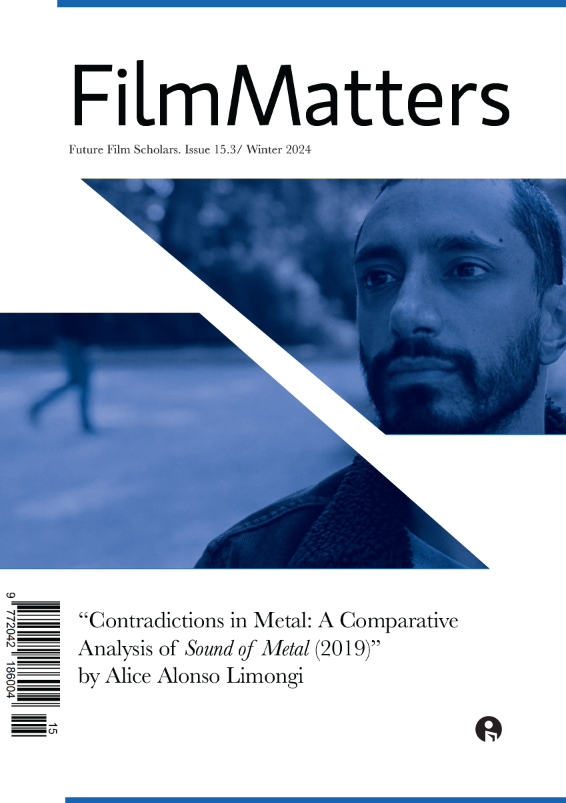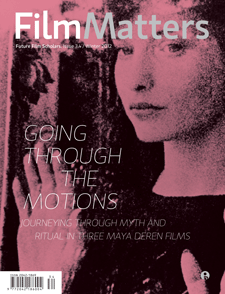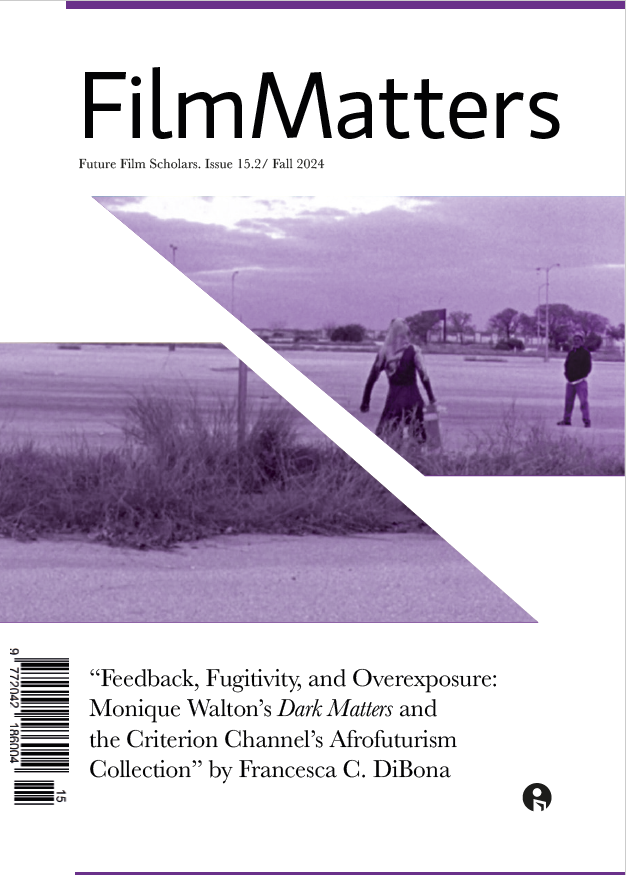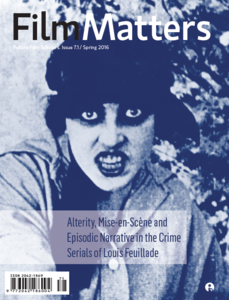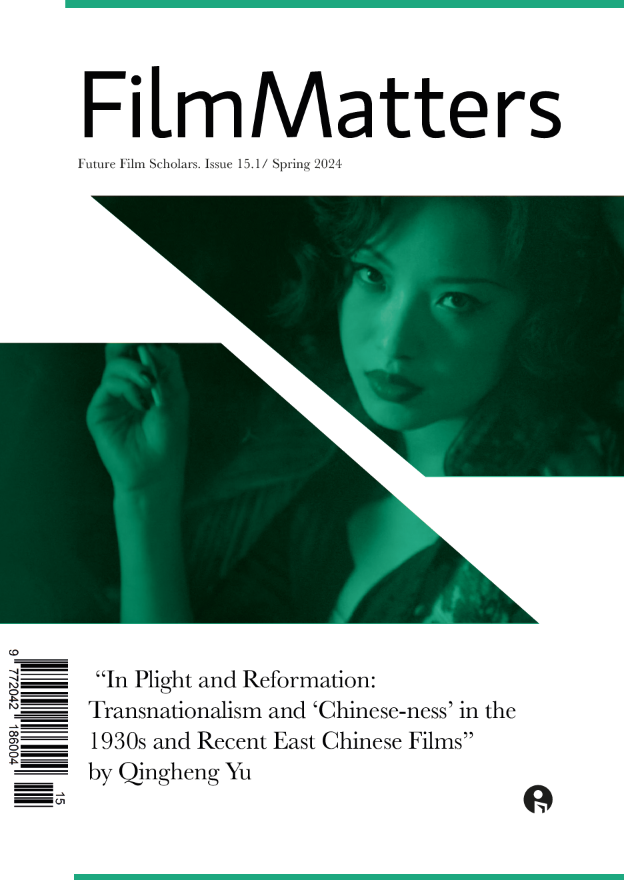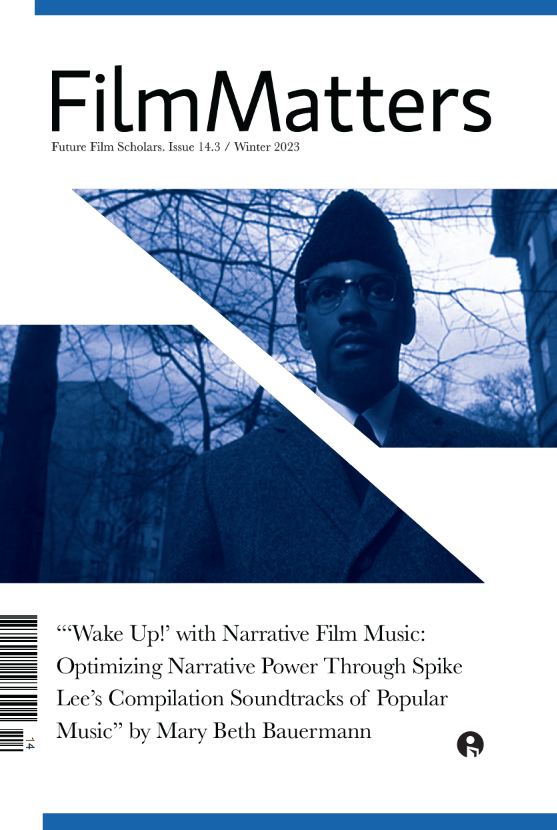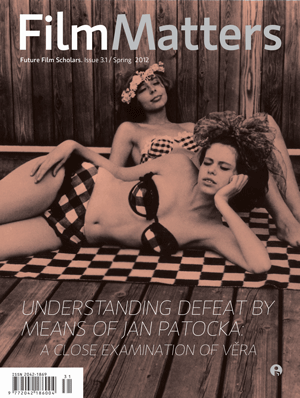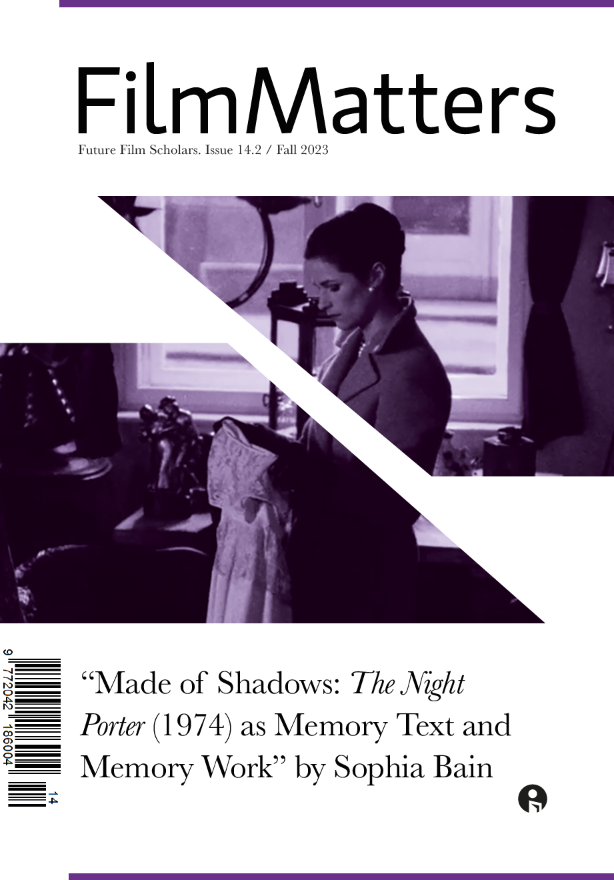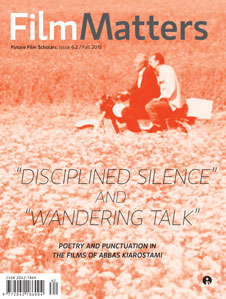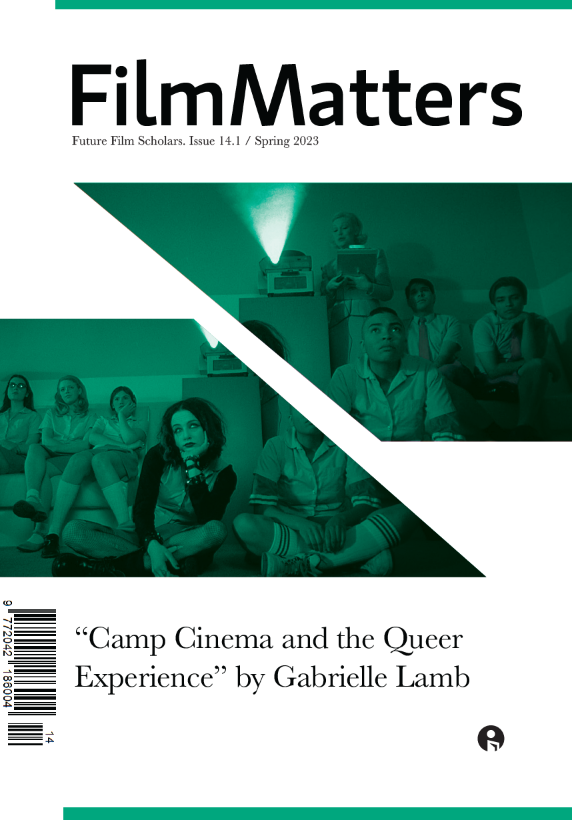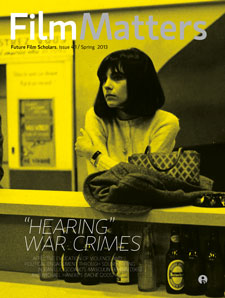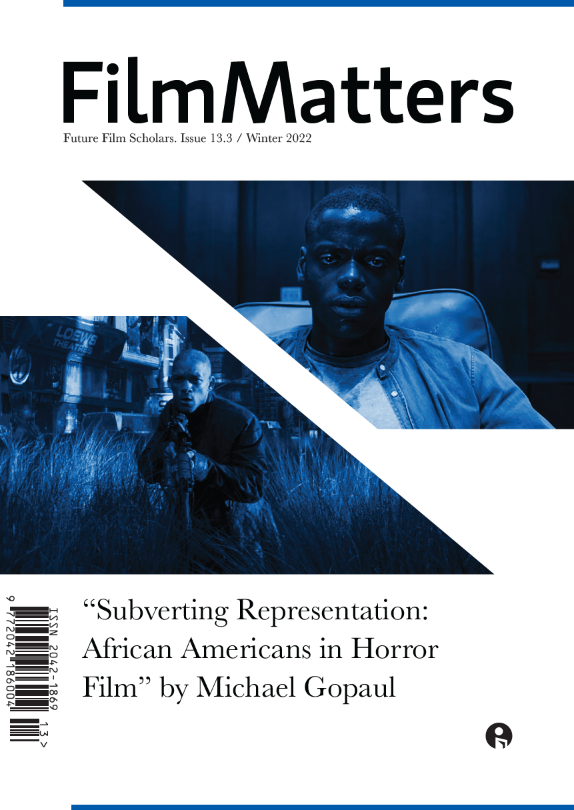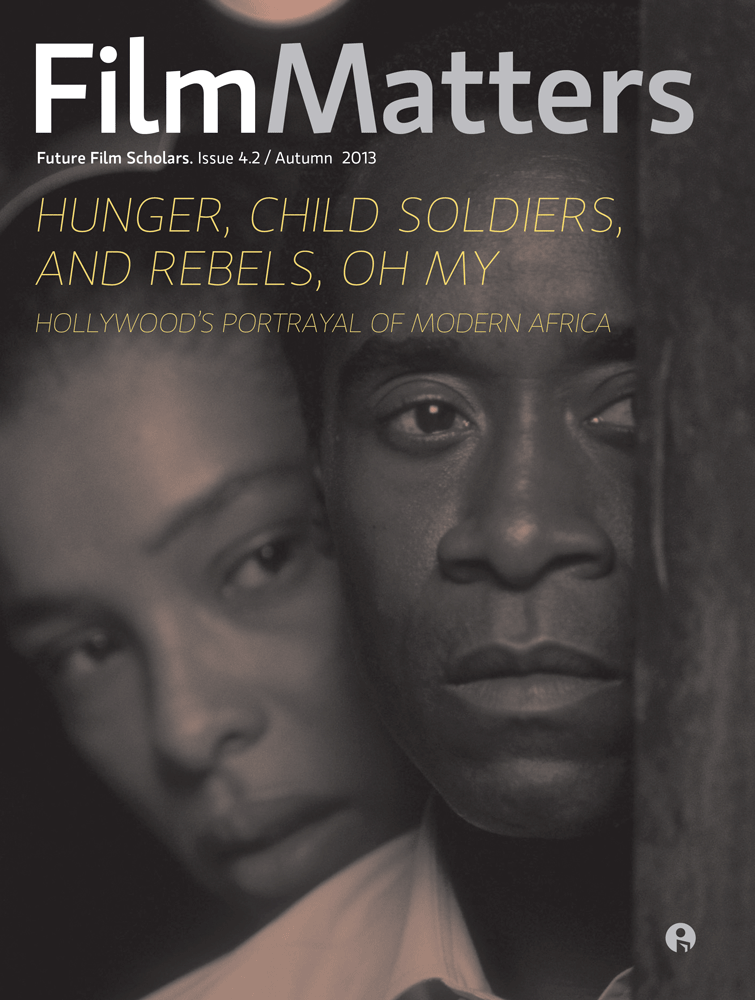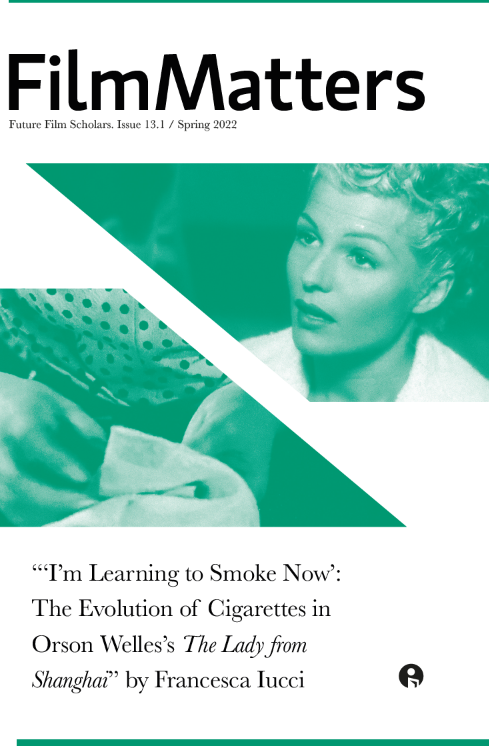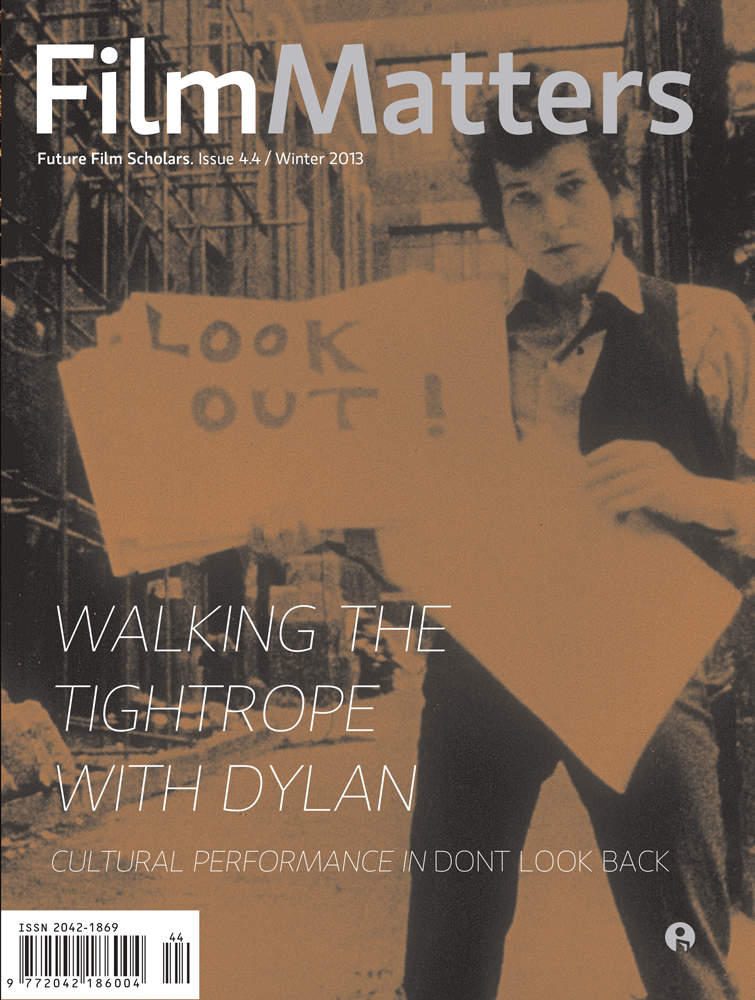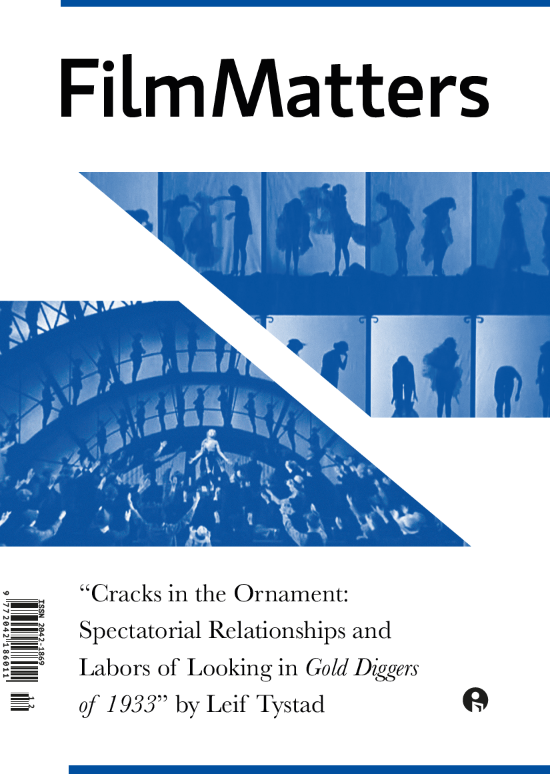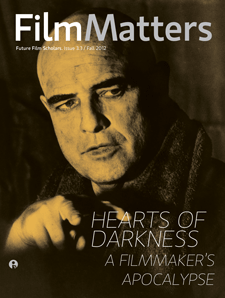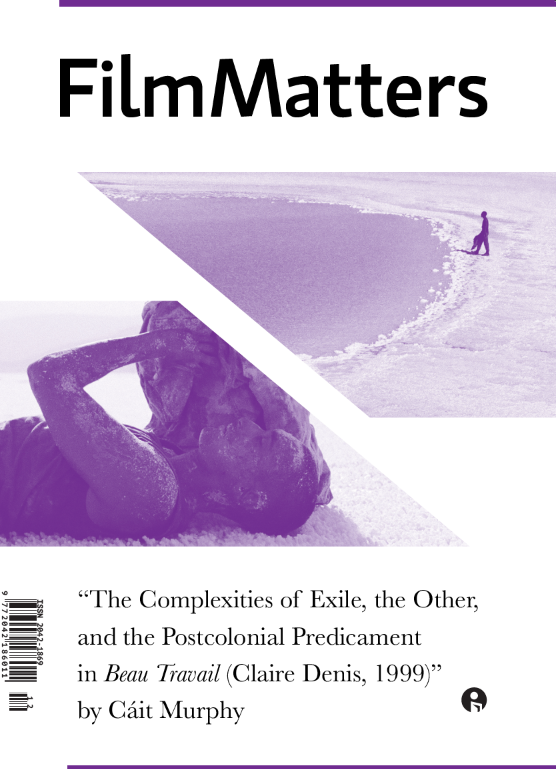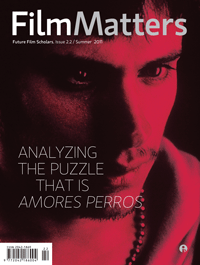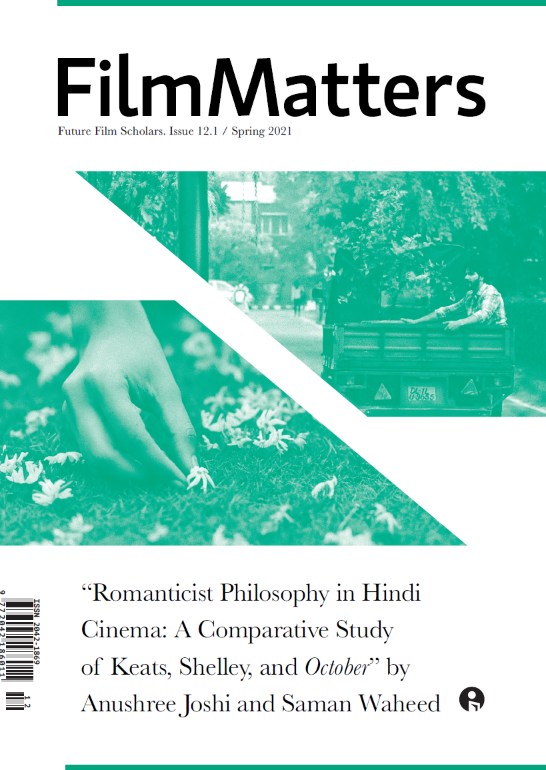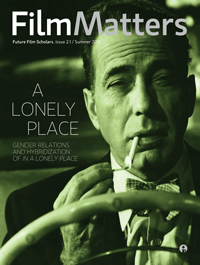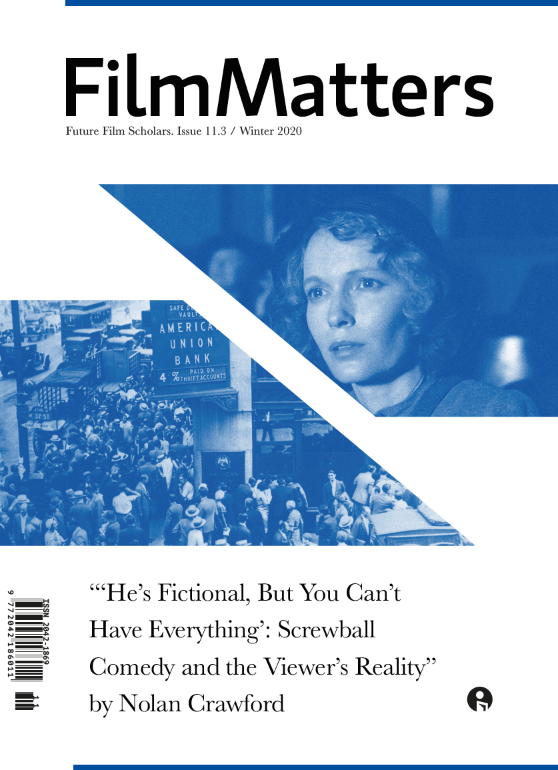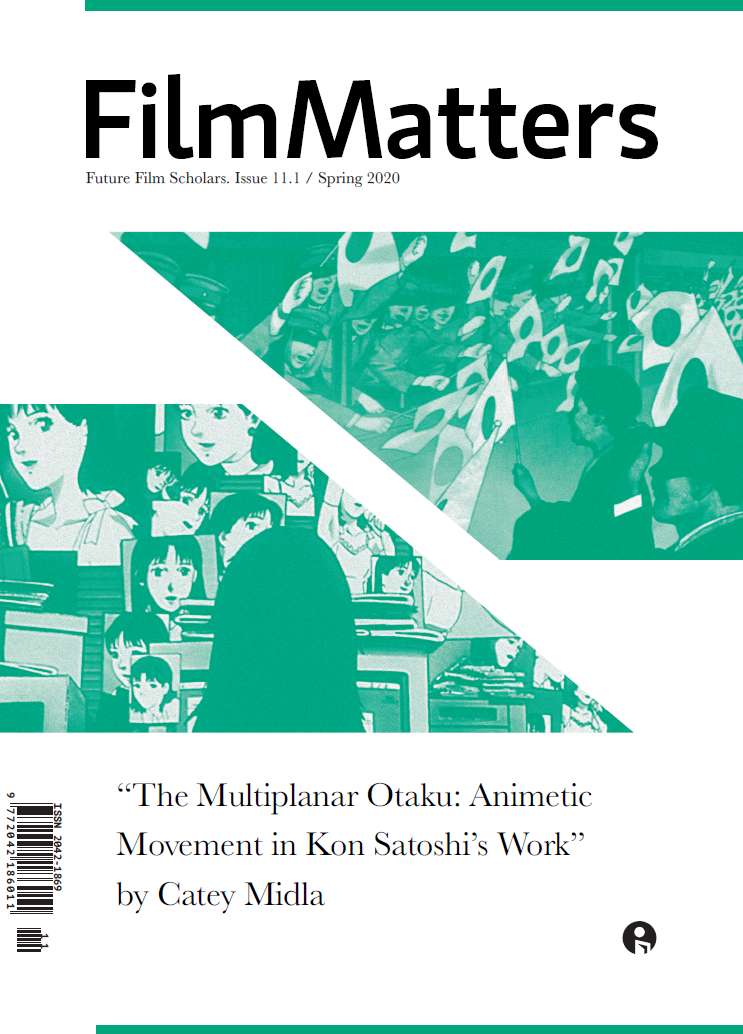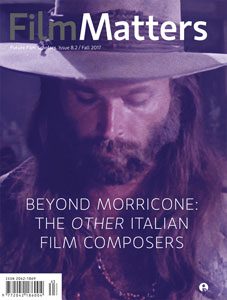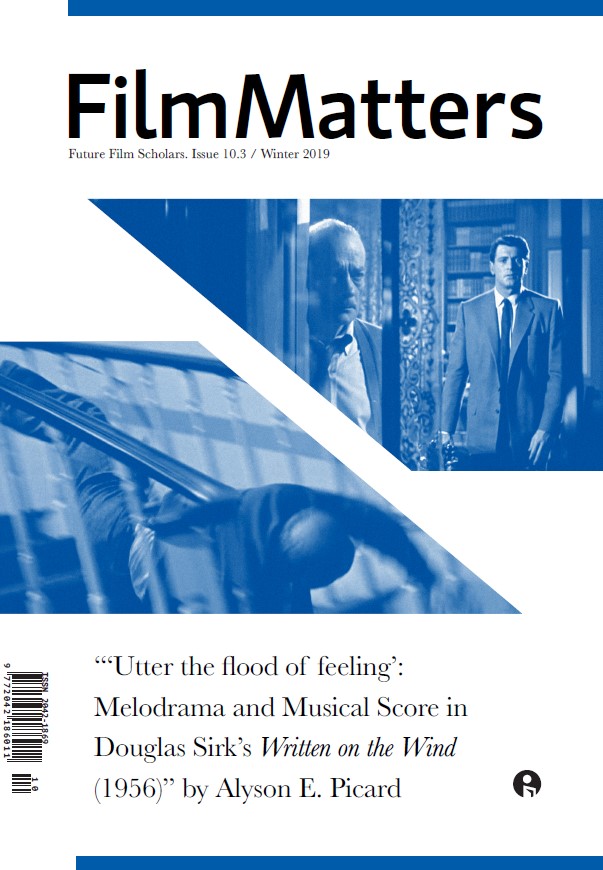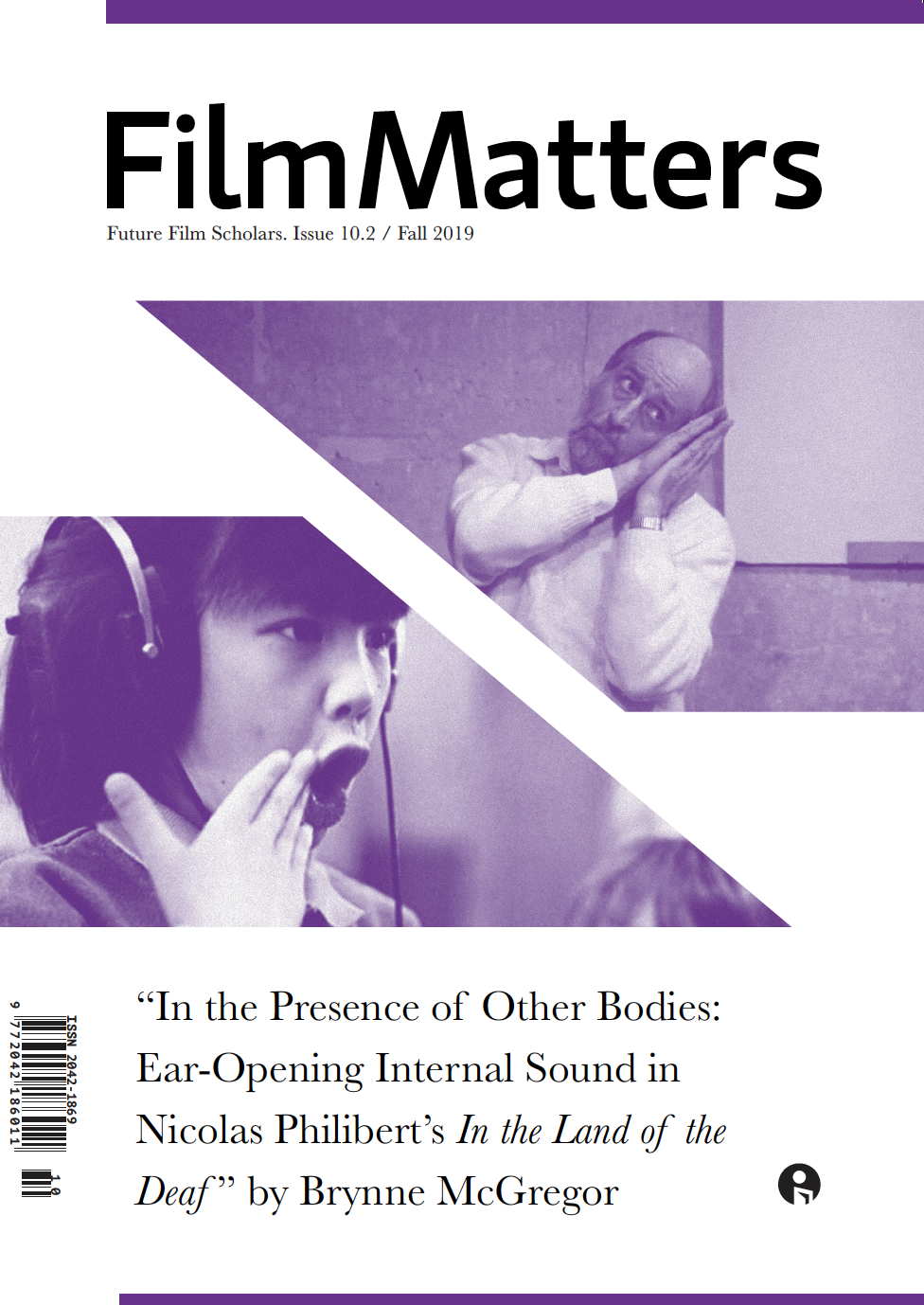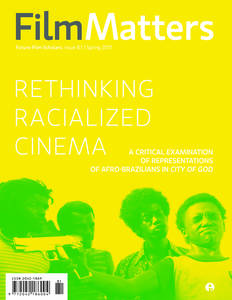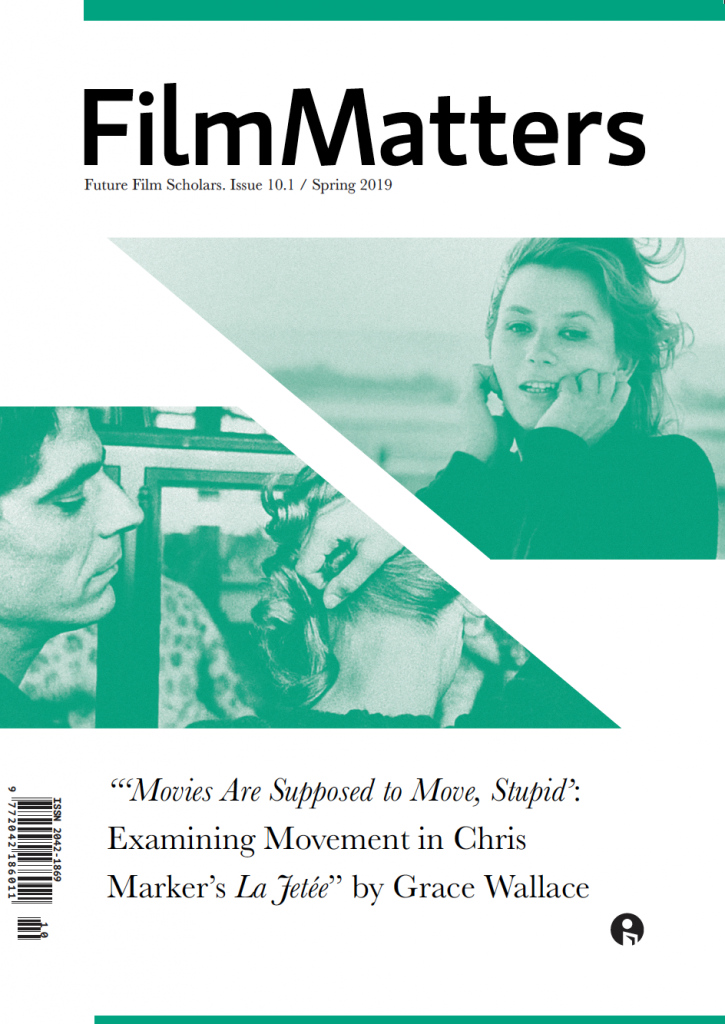Art kills. Simply put, that is the literal message of Dan Gilroy’s Velvet Buzzsaw (2019). Best known for writing and directing Nightcrawler (2014), which tackled the seedy and morally dubious practice of sensational reportage, Gilroy returns to Los Angeles, this time to satirize the world of fine art. And, like a painter with pigments, Gilroy mixes genres with gusto, blending laughs with screams in an attempt to entertain. But despite his efforts, Velvet Buzzsaw is too timid to make those laughs and screams full-throated and nerve-rattling. If I have to use a topical metaphor, it purports to be a Jackson Pollock, but lacks the energy of his controlled, chaotic compositions, instead opting for the cold, sterile aesthetic of a Damien Hirst while achieving none of the intellectual stimulation.
Continue readingBrief Thoughts on Velvet Buzzsaw (2019). By Abhinav Tiku
Katelyn Terry, Author of FM 9.2 (2018) Article “Contorted Bodies: Women’s Representation in Japanese Horror Films”
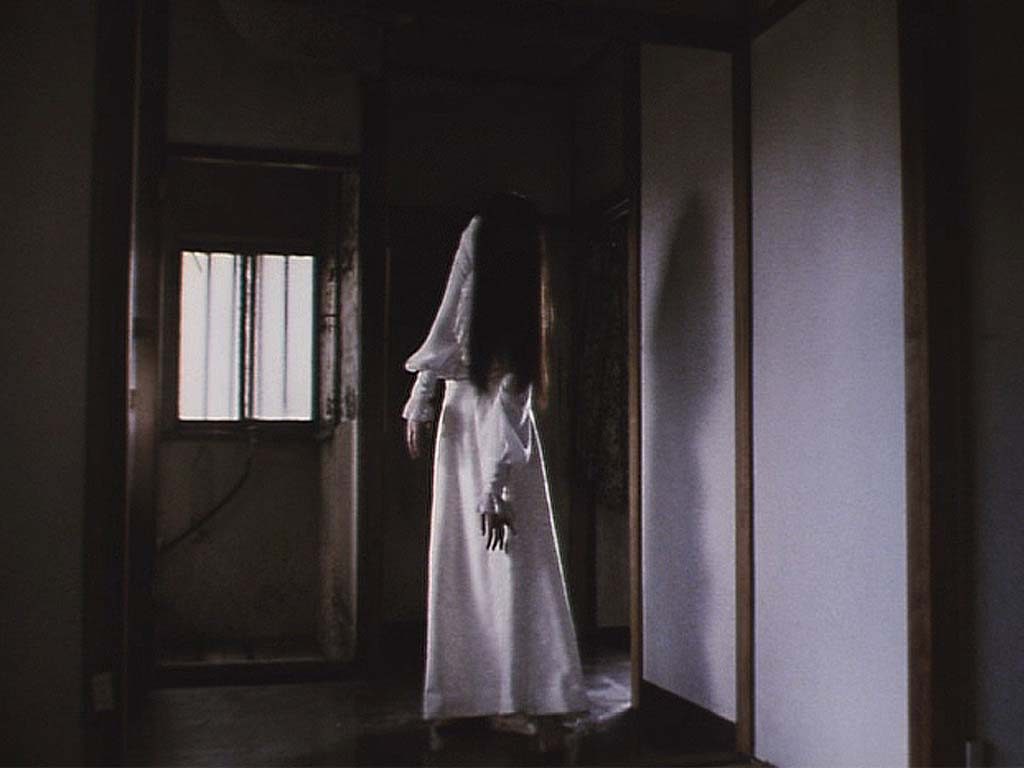
Film Matters: Please tell us about your article that is being published in Film Matters.
Katelyn Terry: My article “Contorted Bodies: Women’s Representation in Japanese Horror Films” focuses on the representation of the female form in Japanese’s horror films through close textual analysis of the well-known J-Horror cult films, Ju-On and Ringu. Using the scholarship of feminist film theorists, my paper seeks to prove that the women in these films, while depicted as a monstrous other, are ultimately re-empowered as they inspire fear, wonder, and revulsion in characters within the diegesis as well as audiences, through the contorted display of their body.
Continue readingCaptain Marvel (2019). Reviewed by Jason Husak
Warning: Review contains mild spoilers for Captain Marvel, based only on trailers and promotional materials.
It’s odd to think that, after twenty Marvel Cinematic Universe Films (MCU), there has not been an MCU film with a female lead. Though there have been strong female characters like Black Widow, Okoye, Gamora, and Nebula, never has one of them single-handedly led an MCU feature film. Even Marvel’s direct competitor, DC, beat them to the punch with 2017’s Wonder Woman (Patty Jenkins, 2017), showcasing the first female-led superhero film in nearly twelve years (Elektra [Rob Bowman, 2005] being the latest film since Wonder Woman). Wonder Woman was not only critically and financially successful, but also pushed the boundary of female-led superhero films becoming the highest-grossing film directed by a woman (Wonder Woman’s 821 worldwide total beating out Mamma Mia’s [Phyllida Lloyd, 2008] 609 million). Now, nearly two years later and on the cusp of the behemoth that is Avengers: Endgame (Joe and Anthony Russo, 2019), the twenty-first MCU film, Captain Marvel (Anna Boden, Ryan Fleck, 2019), released on March 8, 2019; signifying the first female-led and female-directed/co-directed MCU film. With big shoes to fill and a swell of (trivial) controversy involving the film’s main star Brie Larson, Captain Marvel has become the largest-ever global box office debut for a female-led film (Captain Marvel’s 456 million overtaking The Hunger Games: Mockingjay Part 1’s [Francis Lawrence, 2014] 273 million worldwide). Unlike Wonder Woman’s more domestic impact, Captain Marvel has situated itself as one of the most successful global films of all time, as the film has already reached a billion dollars worldwide with 644 million coming from foreign markets alone. Symbolic of its global success, Captain Marvel is a fun and progressive movie that appeals to all audiences. Unfortunately, aside from strong performances from Brie Larson and Samuel L. Jackson, Captain Marvel loses its charm quickly by becoming more of a bridge to Avengers: Endgame than providing a cohesive and self-contained story. Though there is a lot of humor and action to enjoy, Captain Marvel is a bland film that demands more emotional depth and nuance from its lead character to stand out among past MCU films.
Continue readingEffects of Neorealism On-Screen. My Film Festival by Olivia Outlaw

Seemingly unrelated, the three films at my festival are inspired by Megan Hess’s article in issue 8.1 of Film Matters titled: “Time Passes: How Neorealism Has Influenced Modern American Independent Filmmakers.” Connecting the films Night of the Living Dead (Romero, 1968), Do the Right Thing (Lee, 1989), and Little Miss Sunshine (Dayton and Faris, 2006), we travel through time with American independent films and make a connection in their seemingly common use of neorealism-inspired structures.
Continue readingStephen N. Borunda, Author of FM 9.2 (2018) Article “Political Revelations in Detail: The Close-up in Patricio Guzmán’s The Battle of Chile”
Film Matters: Please tell us about your article that is being published in Film Matters.
Stephen N. Borunda: I have been working on this piece for the past year or so. The essay synthesizes my studies of Chilean cinema with the works of various thinkers in political theory and film theory to help us think about how films have the potential to be “political.” When I use that word, I adhere to political theorist Jacques Rancière’s explications of the political as an expression from the silenced. This essay was an opportunity for me to think through how films can use cinematography to express the will of marginalized communities or movements. Ultimately, directors make decisions to conceal or reveal various bodies, and I sought to explore how in this piece and the political effects of these decisions.
Continue readingHereditary (2018). Reviewed by Benjamin Bergstrom
Hereditary (2018) is one of the only films to ever leave me feeling truly horrible, but in a good way. No film has had such a profound psychological effect on my nightmares as Hereditary. It is a truly tense, gripping, and aggressive horror masterpiece. It is punctuated by especially excellent acting and screenwriting. And it is not limited to these qualities, as the production and post-production should also be praised. The film, of course, has issues, but these do not stop it from delivering a gripping experience.
Continue readingCrazy Rich Asians (2018). Reviewed by Kaia MacLeod
Having worked primarily on music- and danced-based films previously, director Jon M. Chu brings a distinct visual style to Crazy Rich Asians (2018), making the experience of watching the film both unique and memorable.
Continue readingThe Palm Beach Story (1942). Reviewed by Film Matters Spring 2019 Editorial Board
Contributors: Wyatt J. Bixby, Matthew Cook, Julia DeNigris, R. W. Freeman, Khai Hammett, Olivia Outlaw, Bonner W. Poston, Madison Rae Reitz, Debra Riddle, Selena Schmidtke, Makenzie N. Smith, and Miranda A. Sprouse.
Kalo Pothi (2015). Reviewed by Dikshya Koirala
Introduction
The movie Kalo Pothi [English: Black Hen] is a Nepali movie directed by Min Bahadur Bham. This movie is set around the northwestern part of Nepal and is the first Nepali movie to be screened at the Venice Film Festival. The highest-grossing Nepali movie overseas, it was also the first Nepali movie entered in the Academy Awards.
Continue readingUnsatisfied and Unhappy. My Film Festival by Miranda Sprouse
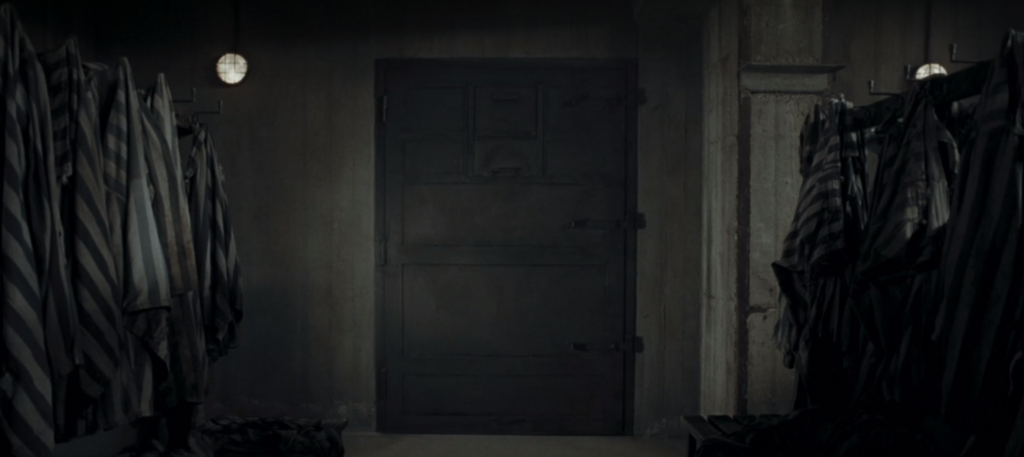
Figure 1: Shot of the gas chamber door in The Boy in the Striped Pajamas (Miramax, 2008), directed by Mark Herman; 1:29:05
The harsh truth of reality is that not every story has a satisfying conclusion. Life does not always work out the way that we want. This is reflected not only in life, but also in cinema. The theme of an unhappy ending applies to The Boy in the Striped Pajamas (Herman, 2008), The Lovely Bones (Jackson, 2009), and Avengers: Infinity War (Russo and Russo, 2018).
Continue reading







